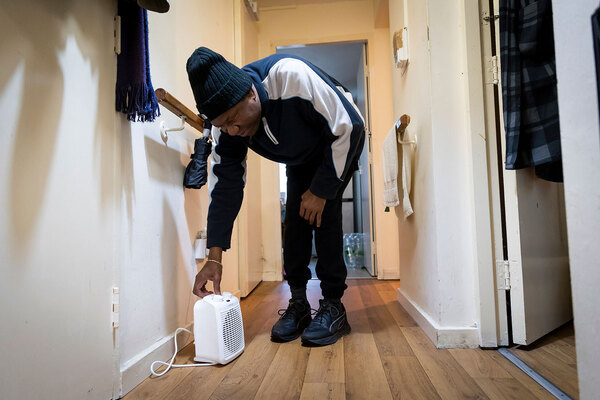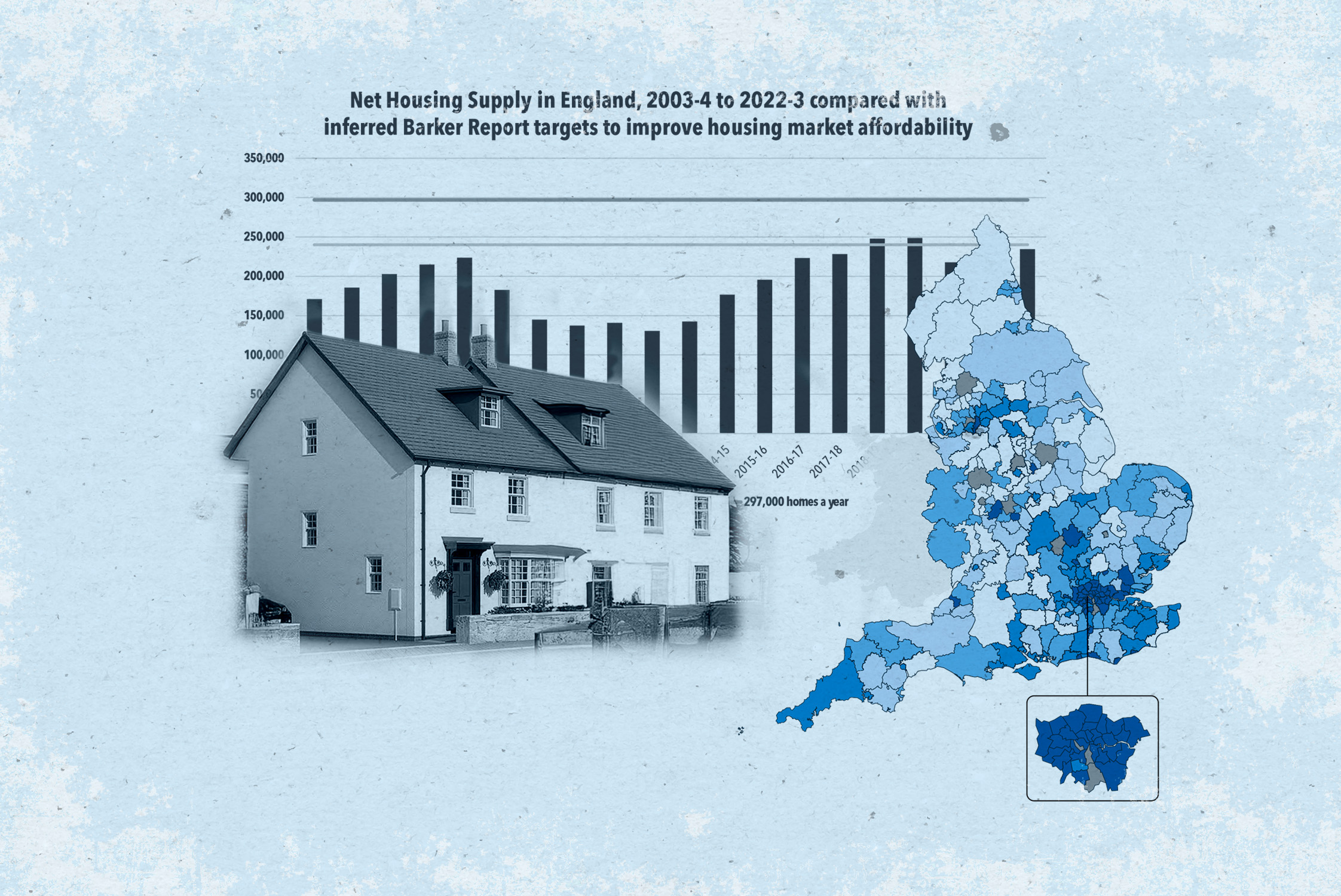Best behaviour
Increasing energy efficiency isn’t just about fitting the latest technology, says Professor Elena Gaura, landlords must also examine patterns of use
Despite rising energy costs and harsh winters, few landlords have tackled the issue of energy inefficiencies in their properties.
And the problem isn’t just about leaky old stock, but also refurbished and new builds with a high spec for eco-friendly measures. Once a building is occupied and in use, who knows whether the property is energy efficient or not?
Evaluation of a building’s performance is just not a common part of construction and commissioning, the assumption being that a building will perform according to the design spec.
Research has overwhelmingly shown however that how a building is used is the critical factor, with up to 200 per cent variation in energy consumption from identical buildings.
A culture of monitoring - more accurate sensing, cheaper technologies and better analysis of the data - will be crucial to creating a sustainable future for UK housing.
The situation is of critical importance to the social housing sector where energy costs are not only a headache for landlords but also tenants on restricted incomes. Major trials of new low-cost sensor technologies with Orbit Housing Association by Coventry University have shown the potential to make sensors for building performance and behaviour a real option.
More than 200,000 items of data were generated from each sensor - tracking temperature, humidity, CO2 levels and VOC (Volatile Organic Compounds), compared against consumption of energy and water - and crunched into a form which can be analysed by non-experts. This way landlords can find out whether excessive carbon emissions are caused by the behaviour of residents, problems with heating systems or in the fabric of the building itself. On the basis of the 60 homes monitored and analysed so far, Orbit has been able to start making decisions on investment and areas for cost-savings.
For example, ground-source heating is often regarded as being energy efficient but it needs to be permanently switched on. People more familiar with controlling the heat of a central heating system often switch the groundsource system off, which leads to a cold house with increased humidity and the potential for mould to form, resulting in unnecessary repair costs.
In one of the studies, the work has highlighted weaknesses in newly-installed heating systems which has provided the evidence for calling back contractors to make repairs before problems became entrenched. It has also pointed at specific issues around occupier behaviour which can now be addressed through information packs on the use of new technologies installed, the need for a site attendant to guide occupants for a period of time and open house events for tenants to get help and support in managing their property.
Some properties will have a combination of issues that put them at risk of being this winter’s high energy consumers and sensor data allows Orbit to prioritise those that need refurbishments urgently, and highlight potential problems before they happen. The growing pressure of carbon reduction targets aside, inefficient homes also tend to be unhealthy homes and properly targeted retrofitting will also improve the living conditions and health of tenants.
Professor Elena Gaura works on the low impact buildings grand challenge initiative at Coventry University







